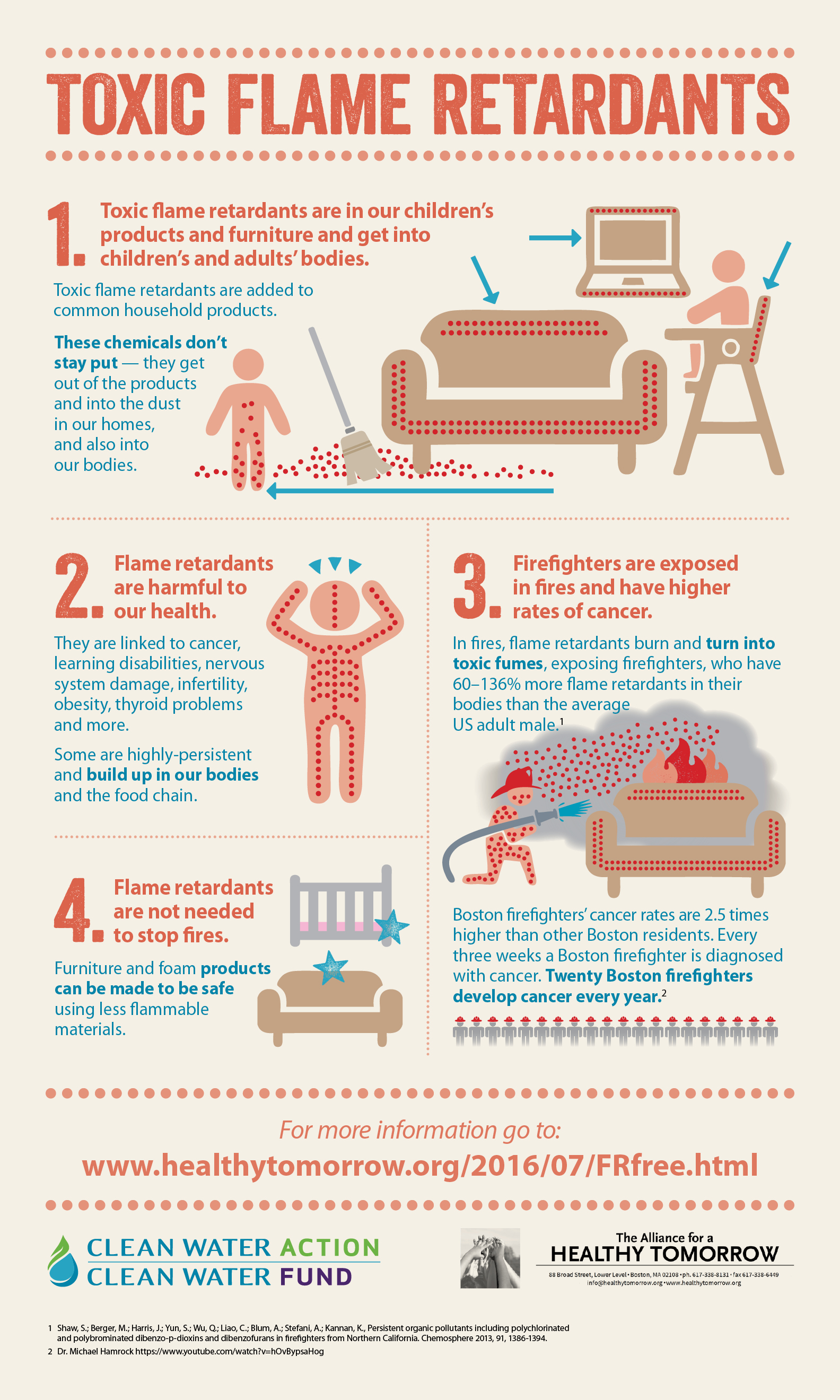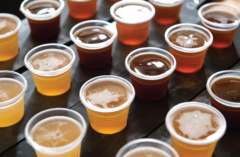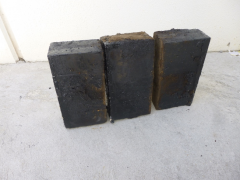Brominated Flame Retardants (BFRs)
Brominated Flame Retardants (BFRs), such as polybrominated diphenyl ethers (PBDEs) have become global environmental contaminants because of their widespread use in numerous household and commercial products.
Even in Australia, BFRs have been detected in sediments, biota, house dust, sewage sludge, air, water samples, and human and wildlife tissues.
In the past years, an impressive amount of information has been gained on the persistence, bioaccumulative and toxic properties of PBDEs.
Some PBDEs break down further in the environment and biota to other congeners or analogues.
Analytical standards for all of the 209 possible congeners and over 80 of their hydroxy and methoxy metabolites are available.
The industrial production of the technical penta-BDE mixtures is to be eliminated under the Stockholm Convention of 2001 because of their toxicity and persistence. Technical octa-BDE mixtures have also been banned by the EU since 2004. In the US, the ban of this group of BDEs has been implemented since 2007.
There are many other brominated compounds in use as alternatives to the PBDE flame retardants.
Selected substances of these industrial BFRs are monitored by the international community for their environmental impact.
Leeder Analytical offers chemical and environmental testing services for these compounds to assist in monitoring efforts.
Degradation of emerging BFRs
Degradation products and metabolites of these “emerging” BFRs are of increasing interest. Some of the degradation compounds are also commercially available which allows for accurate quantitation in
samples.
Examples are 2,3,4,5-tetrabromobenzoic acid, a degradation product of di(2-ethylhexyl)tetrabromophthalate and dimethyl- and diglycidyl ethers of both tetrabromobisphenol-A and tetrabromobisphenol S.
Furthermore to aid the ongoing research regarding the metabolism and
environmental impact of tetradecabromodiphenoxybenzene (TDBDPB), a variety of hydroxylated and methoxylated polybrominated diphenoxybenzene metabolites, as well as polybrominated diphenoxybenzene degradation products are now commercially available as a reference standard.
Leeder Analytical offers the analysis of flame retardants like Hexabromocyclododecane (HBCD) and Dechlorane Plus and can report results as either a technical mixture and their major isomers in pure form.
As with the BFRs, the widespread use of organophosphate flame retardants (OP-FRs) has raised concerns about their impact on the environment, human and animal health.
Analysis of indoor air and dust has shown that the concentration of OP-FRs appear to be higher than that of PBDEs.
To aid in the on-going toxicological and environmental studies of these compounds Leeder Analytical have purchased a wide range of used OP-FRs for use as reference standards.
Organophosphate Compounds (OPs)
Organophosphate compounds (OPs) are high production volume chemicals, they are utilised as flame retardants and plasticisers, antifoaming agents and additives not only in plastics but in paints, lubricants and hydraulic fluids as well.
The chlorinated OP compounds like tris(2-chloroethyl) phosphate and tris(1,3-dichloro-2-propyl) phosphate are flame retardants used in both flexible and rigid polyurethane foam (e.g. furniture foam, thermal insulation), rubber, textile coatings, and home electronics.
OPs have been detected in indoor air and house dust, surface, ground, and even drinking water.
Ongoing toxicological studies have shown several toxic effects of these compounds, prompting the recognition of potential ecological and human health concerns of neurotoxin and carcinogenic nature.
Please contact our expert team at Leeder Analytical for any of your Flame Retardant analytical requirements.



